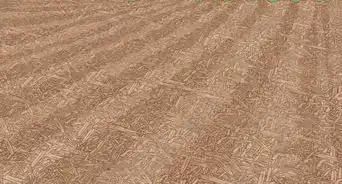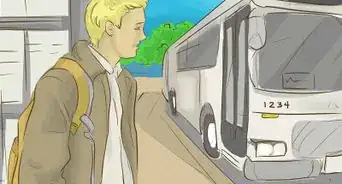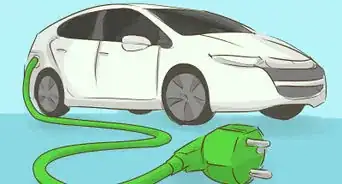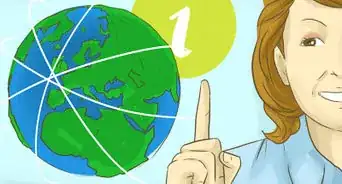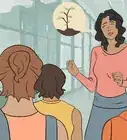This article was co-authored by Ben Barkan and by wikiHow staff writer, Hannah Madden. Ben Barkan is a Garden and Landscape Designer and the Owner and Founder of HomeHarvest LLC, an edible landscapes and construction business based in Boston, Massachusetts. Ben has over 12 years of experience working with organic gardening and specializes in designing and building beautiful landscapes with custom construction and creative plant integration. He is a Certified Permaculture Designer, is licensed Construction Supervisor in Massachusetts, and is a Licensed Home Improvement Contractor. He holds an associates degree in Sustainable Agriculture from the University of Massachusetts Amherst.
There are 13 references cited in this article, which can be found at the bottom of the page.
This article has been viewed 15,599 times.
As climate change progresses and habitat destruction continues, the list of endangered plant species grows longer. Staring at a list of endangered plants can be discouraging, especially if you aren’t sure how you can help. Fortunately, there are a few different ways you can make a difference to help save endangered plants in your community and in your own backyard.
Steps
Community Work
-
1Search for endangered species in your area. Since plants differ between regions, different areas have different endangered species. If you aren’t sure which plants are endangered in your region, do a quick search on the U.S. Fish and Wildlife Service website.[1]
- You can visit the USFW by clicking https://www.fws.gov/endangered/.
- In the United States, there are over 5,000 plant species that are listed as threatened or endangered, including the Desert Yellowhead, the Capa Rosa, the White Sedge, and the Green Milkweed.[2]
- In Europe, there are over 900 plant species that are endangered, including the Dwarf Moonroot, the White-Faced Storm Petrel, and the Syrian Juniper.[3]
- In Pan-Africa, there are 39 plant species that are endangered, including the Hoary Clover Fern and the European Frogbit.[4]
-
2Volunteer for habitat conservation in your area. Habitat conservation groups work to protect the natural land in your area by removing invasive species and keeping the land free for native plants. If you’d like to get your hands dirty, try volunteering your time to help clean up the habitat in your area to make room for endangered plants.[5]
- You can find habitat conservation groups in your area by searching “habitat conservation + your town/city.”
Advertisement -
3Restore wetlands in your area to preserve natural habitats. Wetlands are areas of land that flood either part of the year or year round. They’re one of the largest habitats that grow endangered plants, and they’re very important for ecosystem health overall. Try attending a local or state conference in your area about wetland restoration to learn more about what you can do in your area to protect these native habitats.[6]
- If you know there are wetlands near you, you can apply for a Wetland Program Development Grant to start the restoration process.
-
4Leave endangered plants in the wild if you encounter them. Although endangered plants are cool to come across, removing them from their natural habitat can be detrimental, and may even kill them. Plus, if a plant is on the endangered species list, it’s actually illegal to remove it unless you have a permit.[7]
- Feel free to take a photo of the plant for posterity!
-
5Educate your friends and family about endangered plants. Not everyone knows about endangered plants and how to protect them. If you feel up for it, try spreading your knowledge around to inform your loved ones about what they can do to protect natural habitats and endangered plants.[8]
- You can start the conversation by saying, “Have you guys heard about the native plant species in our area that’s endangered? I didn’t know much about it, but I’ve done some research…”
- Not everyone will be open to hearing what you have to say, and that’s okay.
Yard Work
-
1Plant native plants in your yard or garden. Plants that are native to your region help to encourage other native plants to grow, leading to more habitat diversity (which will encourage endangered plants to grow in your region). If you can, try to fill your natural area with plants that have been there historically.[9]
- To find the plants that are native to your area, visit https://www.nwf.org/nativePlantFinder/plants.
- You can also visit a local nursery and ask about their native plant selection.
-
2Attract pollinators to your yard to help spread pollen to endangered plants. Bees, hummingbirds, butterflies, and moths all help to spread pollen, or the male seeds of a plant. You can plant specific plants in your natural area to attract these animals and help them pollinate your own plants and other plants, including endangered ones, so they can spread their seeds and grow in other areas. Pollinator plants vary from region to region, so search for your area to find the plants best for you.[10]
- To find the best pollinator plants for your area, visit https://xerces.org/pollinator-conservation/pollinator-friendly-plant-lists.
-
3Keep natural habitats as they are. Plants thrive in environments that are untouched and undisturbed, especially if they’re endangered. If you have the opportunity to buy property, try to leave it as-is as much as possible to encourage native plants.[11]
- If you’re looking into buying a home, try to find one that’s already been built rather than building a new one on a lot. That way, you can leave an undisturbed habitat alone.
-
4Avoid planting invasive plants, or plants that have no natural predators. These plants can take over your habitat and make it hard for native and endangered plants to establish themselves. Invasive plants vary from region to region, so you may have to do some research to find out which plants are bad for your area.[12]
- To find invasive species in your area, visit https://www.invasivespeciesinfo.gov/subject/lists.
-
5Avoid using herbicides and pesticides in your yard. Herbicides and pesticides can kill endangered plants in your yard and other areas. If you can avoid it, try not to use chemicals to control weeds and pests in your lawn, and instead go for natural solutions, like peppermint essential oil (for controlling bugs) and removing weeds by hand.[13]
- As herbicides and pesticides wash down the waterway, they can kill or harm other plants, too, not just the ones in your yard.
- Be cautious using fertilizer, as well—even if it's organic. If you over-fertilize, the plants won't be able to absorb all of the fertilizer and it will leach into the water supply. That can cause a lack of oxygen and too much nitrogen in the water, which can kill fish and lead to algae bloom.[14]
Careful Purchasing Habits
-
1Make sure the plants you buy are legal. If you love collecting rare plants, finding ones that are out of the ordinary can be exciting—but it’s important to make sure you aren’t buying endangered plants. Go to an established nursery and avoid buying plants online to ensure you aren’t accidentally buying endangered plants (which is illegal).[15]
- If you aren’t sure whether or not a seller is reputable, ask them about where they got the plant and what species it is. If they have trouble telling you or they don’t want to disclose that information, they probably aren’t the most trustworthy.
-
2Buy wood that’s certified by the Forest Stewardship Council. Logging is a huge source of environmental destruction when it isn’t done properly, and it can destroy natural habitats, leading to plant loss (especially endangered ones). If you’re looking to buy wood or lumber, try to find some with the FSC label of approval. This ensures that the lumber has been logged ethically and with the least amount of environmental impact possible.[16]
- To look at a map of FSC certified forests, visit https://fsc.org/en/certified-forests.
- Putting your money toward wood that’s collected in an environmentally friendly way will encourage sellers to think about the habitat that they log in, leading to less habitat destruction.
-
3Find fair trade coffee to protect natural habitats. Growing coffee beans takes a lot of land, and it can lead to habitat destruction, and habitat destruction is the number one cause of endangered plants. When coffee is marked with the Fair Trade symbol, that means it was produced ethically with the least amount of environmental destruction. When you buy coffee, look for the fair trade symbol to protect plants with your purchases.[17]
- You can look for Fair Trade coffee brands by visiting https://www.fairtradeamerica.org/shop-fairtrade/fairtrade-products/coffee/.
Expert Q&A
Did you know you can get expert answers for this article?
Unlock expert answers by supporting wikiHow
-
QuestionAre organic fertilizers safe to use on endangered plants?
 Ben BarkanBen Barkan is a Garden and Landscape Designer and the Owner and Founder of HomeHarvest LLC, an edible landscapes and construction business based in Boston, Massachusetts. Ben has over 12 years of experience working with organic gardening and specializes in designing and building beautiful landscapes with custom construction and creative plant integration. He is a Certified Permaculture Designer, is licensed Construction Supervisor in Massachusetts, and is a Licensed Home Improvement Contractor. He holds an associates degree in Sustainable Agriculture from the University of Massachusetts Amherst.
Ben BarkanBen Barkan is a Garden and Landscape Designer and the Owner and Founder of HomeHarvest LLC, an edible landscapes and construction business based in Boston, Massachusetts. Ben has over 12 years of experience working with organic gardening and specializes in designing and building beautiful landscapes with custom construction and creative plant integration. He is a Certified Permaculture Designer, is licensed Construction Supervisor in Massachusetts, and is a Licensed Home Improvement Contractor. He holds an associates degree in Sustainable Agriculture from the University of Massachusetts Amherst.
Garden & Landscape Designer Chemical fertilizer is much stronger, but you can harm the ecosystem whether you use organic or chemical fertilizer. If you use too much fertilizer, the plants won't be able to absorb it all, and the excess will leach into the water supply. That can cause oxygen loss in the water, which will kill fish, as well as excessive nitrogen in the water, which will lead to algae bloom.
Chemical fertilizer is much stronger, but you can harm the ecosystem whether you use organic or chemical fertilizer. If you use too much fertilizer, the plants won't be able to absorb it all, and the excess will leach into the water supply. That can cause oxygen loss in the water, which will kill fish, as well as excessive nitrogen in the water, which will lead to algae bloom.
Warnings
- Buying and selling endangered plants is illegal under the U.S. Endangered Species Act.[18]⧼thumbs_response⧽
References
- ↑ https://www.fws.gov/endangered/
- ↑ https://plants.sc.egov.usda.gov/java/threat
- ↑ https://www.iucnredlist.org/search?redListCategory=en
- ↑ https://www.iucnredlist.org/search?redListCategory=en
- ↑ https://www.fs.fed.us/wildflowers/Rare_Plants/conservation/
- ↑ https://www.epa.gov/wetlands/what-you-can-do-voluntary-wetland-restoration-and-protection
- ↑ https://www.fs.fed.us/wildflowers/Rare_Plants/documents/EndangeredPlantsFactSheet020513.pdf
- ↑ https://www.endangered.org/cms/assets/uploads/2013/07/plantbookmarks.pdf
- ↑ https://www.endangered.org/cms/assets/uploads/2013/07/plantbookmarks.pdf
- ↑ https://xerces.org/pollinator-conservation/pollinator-friendly-plant-lists
- ↑ https://www.endangered.org/cms/assets/uploads/2013/07/plantbookmarks.pdf
- ↑ https://www.invasivespeciesinfo.gov/subject/lists
- ↑ https://www.endangered.org/10-easy-things-you-can-do-to-save-endangered-species/
- ↑ Ben Barkan. Garden & Landscape Designer. Expert Interview. 2 June 2020
- ↑ https://www.fs.fed.us/wildflowers/Rare_Plants/documents/EndangeredPlantsFactSheet020513.pdf
- ↑ https://fsc.org/en/for-forests/intact-forest-landscapes
- ↑ https://www.fairtradeamerica.org/shop-fairtrade/fairtrade-products/coffee/
- ↑ https://www.fs.fed.us/wildflowers/Rare_Plants/conservation/
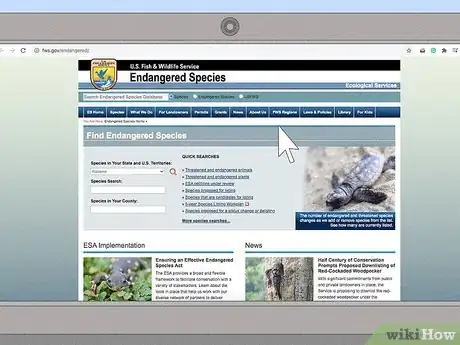
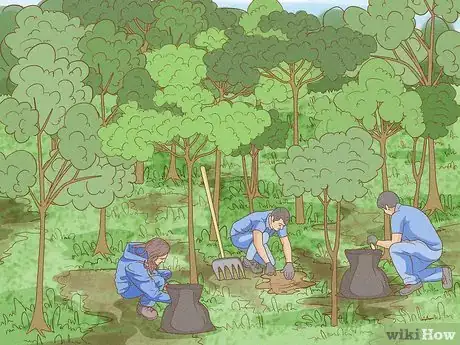
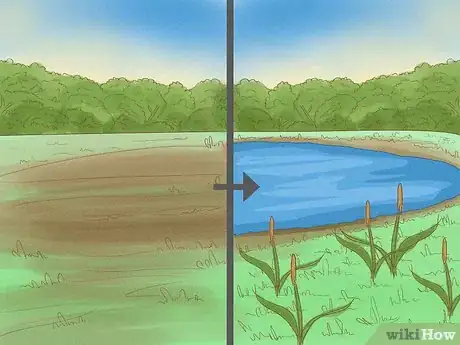
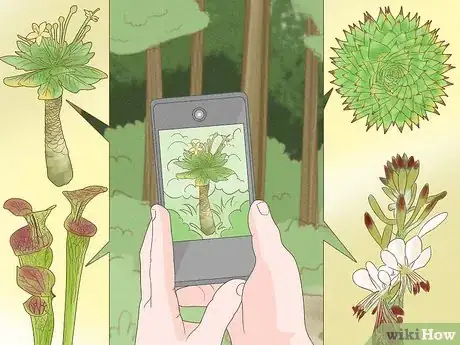
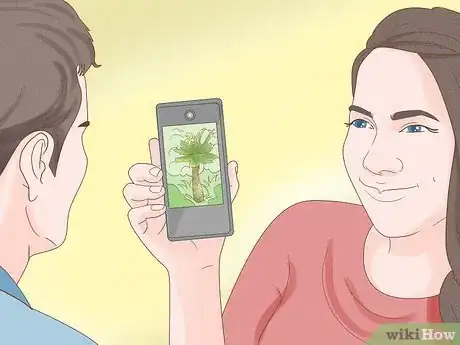
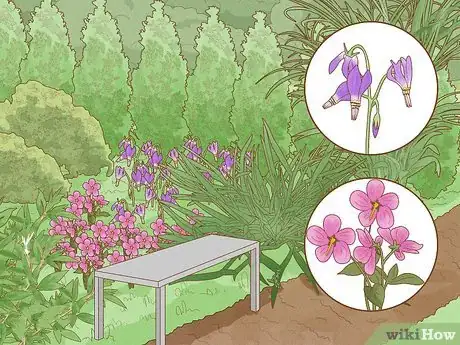
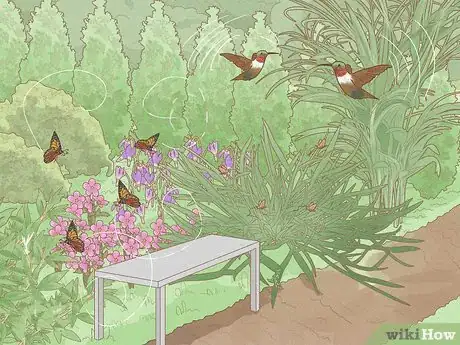


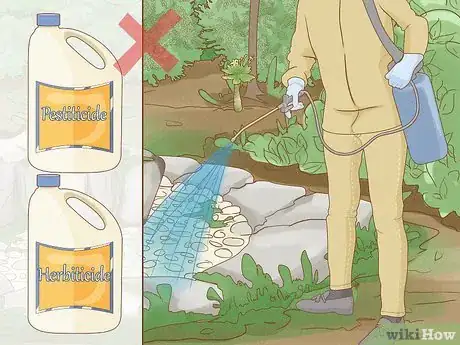

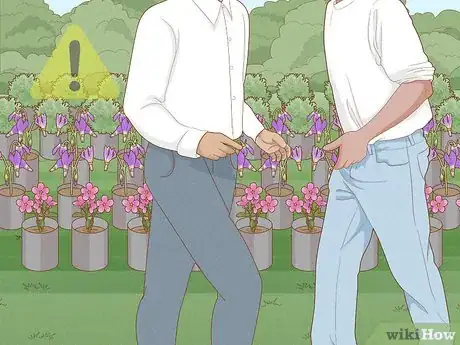
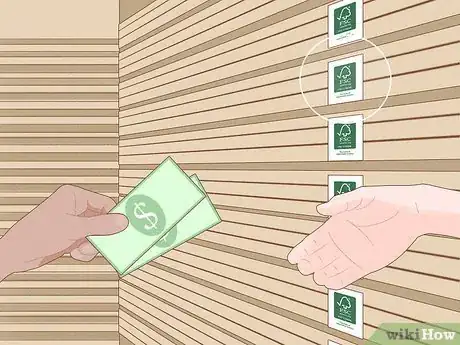
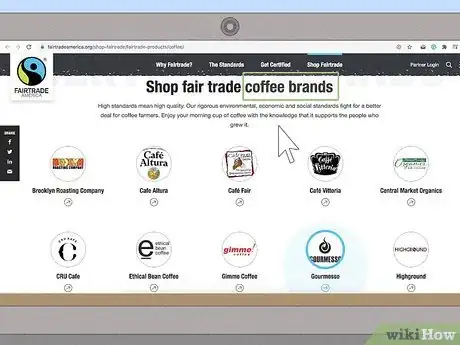


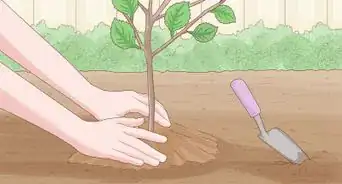
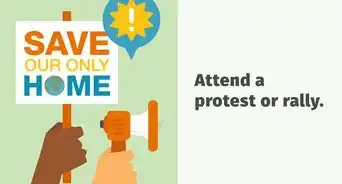


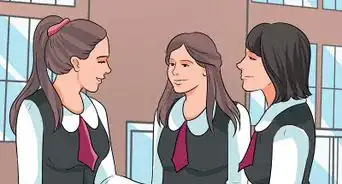
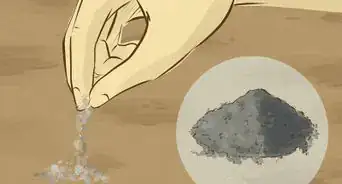
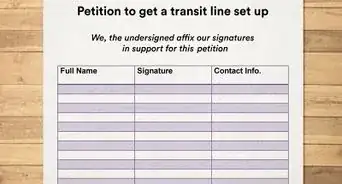
-Step-14-Version-6.webp)
